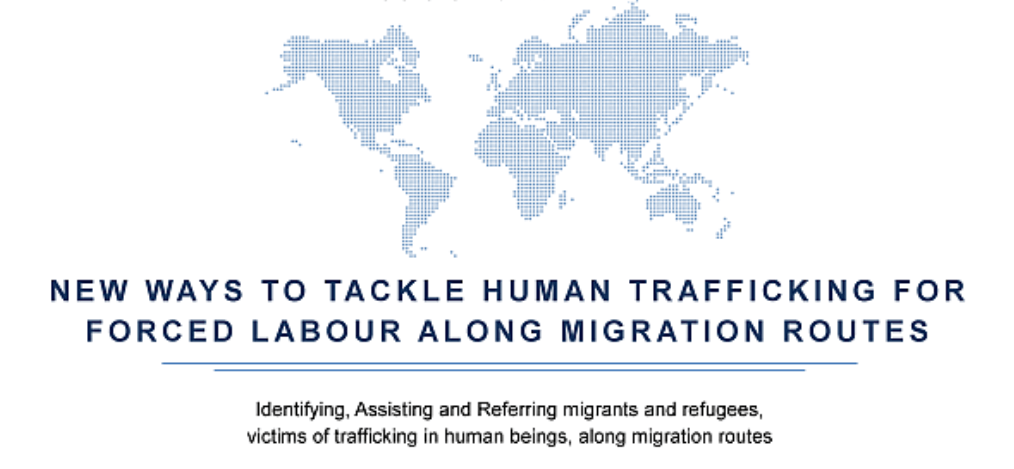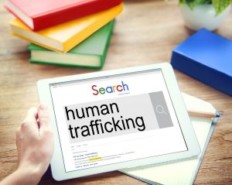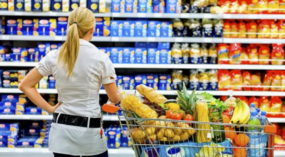Posted on 07 Dec 2016
 The Global Initiative was pleased to be invited to speak at a high-level event hosted by DCAF: New Ways to Tackle Human Trafficking for Forced Labour along Migration Routes, 25 November 2016 in Geneva.
The Global Initiative was pleased to be invited to speak at a high-level event hosted by DCAF: New Ways to Tackle Human Trafficking for Forced Labour along Migration Routes, 25 November 2016 in Geneva.
Rationale
In 2015, the number of international migrants worldwide reached the highest ever recorded of 244 million (up from 232 million in 2013). Likewise, 2015 also witnessed an unprecedented number of 63.5 million asylum-seekers, internally displaced persons, and refugees. On average, wars and persecution forced 24 people to flee their homes each minute.
The UN General Assembly hosted a High-Level Summit for Refugees and Migrants on 19 September 2016, where the commitments of the New York Declaration and its annexes were adopted, and the IOM joined the UN system. The Declaration, inter alia, recognizes that refugees and migrants in large movements are at greater risk of being trafficked and of being subjected to forced labour. For example, 76 % of individual refugees and migrants interviewed by IOM in Sicily from June to August 2016 answered “yes” to at least one of the trafficking and other exploitative practice indicators.
Around 21 million people are victims of forced labour globally according to a conservative estimate – trapped in jobs into which they were coerced or deceived and which they cannot leave. Women and girls represent 11.4 million (55 %) of the victims. 4.5 million (22 %) are in forced sexual exploitation, and 14.2 million (68 %) in forced labour exploitation in activities such as agriculture, construction, domestic work and manufacturing. US $ 150 billion in illegal profits generated by the victims’ work exceeds the population and GDP of many countries or territories around the world. Human trafficking is considered a prime modus operandi of transnational organized crime, second only to illegal drug trade.
29 % of Mediterranean Sea arrivals to Europe since 1 January 2016 were children and 18 % were women. Between 2010 and 2012, 62 % of detected victims of trafficking in Africa and Middle East were children and 70 % of detected victims were women or girls worldwide. Children and women are at an even greater risk and vulnerability to all forms of trafficking.
Current crises and forced displacement has caused added vulnerability for migrant and refugee groups. Forms of forced labour have increased (such as child labour exploitation in agriculture). There are indications that refugees and asylum seekers, including women and children, who are not authorized to access the labour market are lured to work illegally to sustain their families.
Europol predicts that labour exploitation of migrants will increase in transit and destination countries. Trafficking remains an elusive threat, and links between phenomena, such as organized crime, armed non-state actors and smuggling of migrants, are difficult to reveal and analyze. Yet, a nexus exists between trafficking and crisis settings.
Human trafficking is a security threat to states and humanity – volatile and oft hidden. It is also a global threat to human rights and sustainable development. It is used to generate income, enslave labourers and fuel the fires of war by those ready to exploit the weak without any regard for human dignity. Inaction will likely lead to even greater strife, the UN Secretary-General reported in May 2016:
“More refugees and migrants will perish in transit. Transnational criminal migrant smuggling rings and human trafficking networks will continue to flourish, leading to the exploitation of the vulnerable. The rights and the dignity of millions of fellow human beings will be further diminished if they languish in camps or on the margins of cities without access to basic needs, livelihoods and income opportunities.”
This event will be a key moment to turn the tide around and effectively safeguard people at risk.
Global Initiative Remarks:
Tuesday Reitano, the Deputy Director, Global Initiative spoke in the opening panel on enhancing victim identification.
In her presentation, she argued that given the number of people moving, and the importance that mobility plays as a source of resilience in a world characterised by increasing inequality, that human smugglers play the role of a critical safety valve.
Human smugglers is not necessarily an exploitative industry – but restrictive and militarised policies enhance the likelihood that migration will become commoditised, smugglers will become violent and exploitative.
Human smuggling and human trafficking must be treated and understood as distinct crimes. For those with a mandate for protection, failing to make this distinction makes the problem overwhelming in scope and numbers.
Greater nuance and a rethink of policies is needed in the contemporary migration environment.
Watch her presentation here, from minute 1.12:38:



